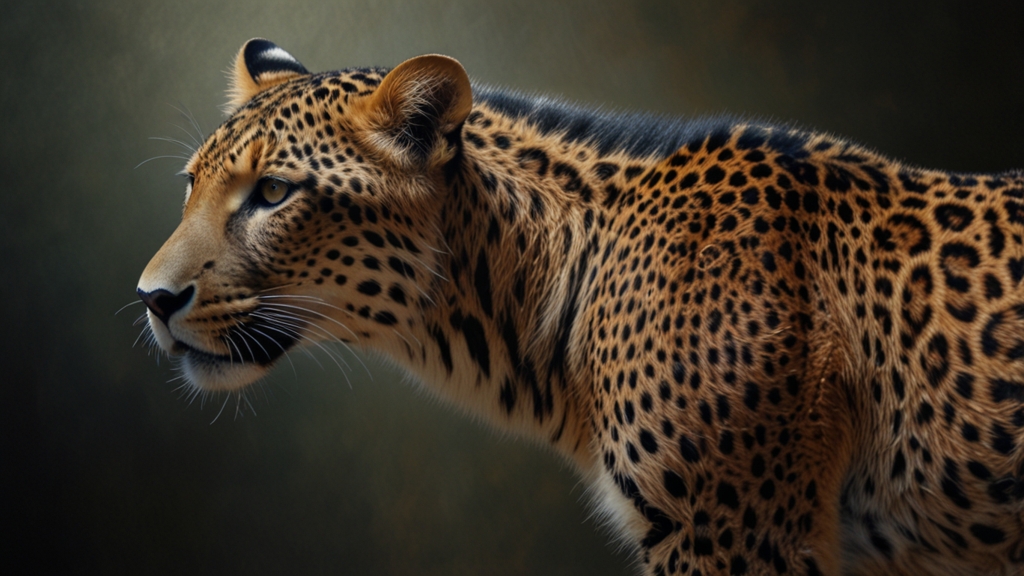The Endangered List: Who's Next to Disappear?
The global biodiversity crisis has intensified over the years, and an increasing number of species now find themselves teetering on the edge of extinction. While conservation efforts are underway, the question remains: who’s next to disappear? Identifying those at most risk is a crucial step towards preventing further loss. This article explores some of the species on the endangered list and delves into the reasons behind their precarious existence.
The Plight of the Vaquita
The vaquita, a small porpoise native to the northern part of the Gulf of California, is critically endangered. With fewer than 10 individuals believed to be alive, this species is on the brink of extinction. The primary threat to the vaquita is bycatch from gillnets used in illegal fishing for the totoaba fish, which is highly prized for its swim bladder in traditional Chinese medicine.
The vaquita's fate is a dire reminder of the unintended consequences of overfishing and illegal wildlife trade. Urgent action is needed to enforce fishing bans and protect the remaining individuals.
The Eastern Lowland Gorilla
Also known as Grauer’s gorilla, the eastern lowland gorilla resides in the forests of the Democratic Republic of Congo. Civil unrest, habitat destruction, and poaching have severely impacted their numbers. With an estimated 3,800 individuals left in the wild, their future is uncertain. Conservation efforts are hindered by the instability in the region, making it challenging to implement effective protective measures.
To ensure the survival of Grauer’s gorilla, it is imperative that both local and international bodies coordinate efforts to stabilize the region and prioritize conservation initiatives.
The Hawksbill Sea Turtle
Critically endangered, the hawksbill sea turtle faces threats from habitat loss, illegal trade, and climate change. Found mainly in tropical coral reefs, these turtles are often hunted for their stunning shells, which are used to make jewelry and ornaments. Additionally, rising sea temperatures and ocean acidification pose significant risks to their habitats and food sources.
“The survival of the hawksbill turtle is intricately linked to the health of our oceans. Protecting marine ecosystems is essential for their recovery.” — Marine Biologist Jane Doe
The Amur Leopard
The Amur leopard, one of the rarest big cats on the planet, is found in the temperate forests of the Russian Far East and northeastern China. With fewer than 100 individuals left, this elusive predator faces threats from habitat loss, poaching, and prey depletion. Conservation programs are in place, focusing on habitat preservation and anti-poaching measures.
The Amur leopard's plight underscores the broader issue of habitat destruction. Sustainable land use and strict enforcement of anti-poaching laws are critical for their survival.
Conclusion: A Call to Action
The ongoing loss of biodiversity is a crisis that demands immediate and sustained attention. The vaquita, eastern lowland gorilla, hawksbill sea turtle, and Amur leopard are only a few examples of the many species at risk. It is incumbent upon governments, conservation organizations, and individuals to take decisive action to protect these creatures. Through education, policy changes, and grassroots activism, we can work towards a future where endangered species have a fighting chance at survival.
Ultimately, the fate of these species rests in our hands. By recognizing the interconnectedness of all life on Earth, we can begin to make choices that support and sustain the rich diversity of the planet. The time to act is now; for once a species disappears, it is gone forever.









